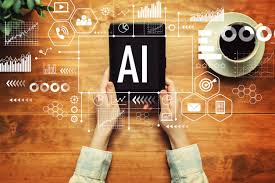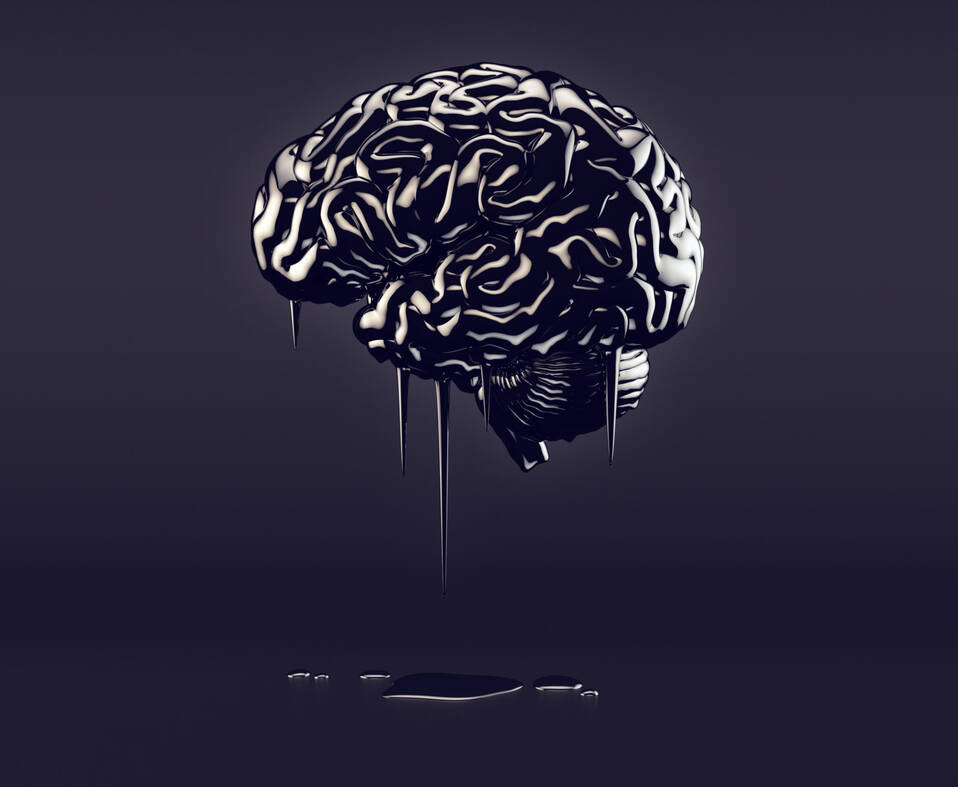Source: cdotrends.com
2020 has a great ring to it. In lots of ways, it has for a long time been a signifier of ‘the future’. Many researchers and experts have, over the past decades, projected 2020 as a landmark year when we might expect any multitude of things to happen or come to a head in some way.
And now ‘the future’ is here. We don’t yet have flying cars- or even self-driving cars in any widely adopted way- but we have seen technology advance in leaps and bounds in other ways in recent decades. As computing power continues to grow, we can expect to see this momentum increase.
One area that continues to see rapid advancement is artificial intelligence (AI). There have been some critical breakthroughs in AI technology within the last decade that have allowed AI to be applied in truly revolutionary ways in both business and society- take medical diagnostics for example- and I’d like to share some thoughts on how we might expect to see AI continue to transform the way we do things in 2020.
AI will be more strategic and able to act on its own
To date, AI has become extremely good at analyzing data to make predictions. Human decision-makers then take these outcomes and determine how to proceed. However, in the coming year and beyond, we can expect to see that AI will not only predict what happens next, but also act on that information itself. Some of these decisions will require extremely efficient use of data, and AI’s continued ability to learn from just a small amount of data.
Let’s look at an example in digital marketing. By looking at past behavior of customers, it’s possible to predict whether someone might make an online purchase. That said, the behavioral data available for someone who makes purchases frequently will be different (and more abundant) from the data available for someone who makes purchases infrequently, or perhaps never, on your website.
AI will get better at identifying these differences and acting based on what it learns. Moreover, AI can go beyond the relatively simple task of predicting what frequent buyers will do and start to explore the unique pattern of hesitant or infrequent buyers on its own, suggesting actions to take to engage them.
AI will be able to consider multiple objectives
One major difference between artificial and human intelligence is that currently, most AI programs are very good at optimizing one single objective (i.e. achieving one goal), whereas humans are typically able to balance multiple objectives and modify that balance on the fly as they move towards a goal.
For instance, driving from location A to location B is one obvious single goal, but other goals such as how fast, how safe, and how comfortable the drive should be are also implicitly considered by human drivers. We can expect to see AI become better at balancing multiple goals at once.
Traditionally, AI is trained with one quantifiable goal or a goal that manually combines multiple goals or objectives. Newer AI can be trained to optimize multiple objectives and learn to explore the trade-off between objectives. Such trained AI can be controlled by human users to operate at a specific trade-off.
For instance, a user can control an AI ‘driver’ to go to A from B in under 30 minutes with maximum comfort. Another user can control the AI driver to go to A from B in under 10 minutes while sacrificing comfort as little as possible. This is an advance toward human-centered AI, which makes AI easier for people to control.
As noted, humans are typically able to manage multiple priorities and outcomes and weigh them against each other and now, AI will be able do this at greater speed and scale. In general, we can expect to see all AI systems designed with the human end-user in mind, allowing for optimal collaboration between artificial and human intelligence.
Advances in distributed learning
Data is king, and optimal collection, management, accessibility and unification is going to continue to be critical to be able to effectively leverage it in the real world. As the amount of data grows and the types of data become more disparate – text, video, imagery, audio, etc. – it’s going to be vital for industries, organizations and governments to develop effective data ecosystems that share information.
This means that distributed learning- the ability for AI systems to solve problems by learning from a broad set of existing and shared data that doesn’t need to be relocated or reacquired – will become increasingly important. We can certainly expect to see this when it comes to, for example, initiatives like smart cities where policy makers will want to leverage data without moving it around to better understand things like transportation patterns, road safety, and so on.
Overall, the ability for AI to do more is good news for business and society. Humans will be able to work more efficiently, with tools at their fingertips that allow them to do their jobs faster and more accurately. This also gives people time to focus on the things that are still best suited for humans, such as creative development and empathetic and thoughtful communications.
AI also encourages boundless innovation in the ways it can be applied, and as it becomes capable of doing more, AI practitioners and researchers around the world will no doubt be able to find exciting and useful ways to use it, improving how we live, work and play.


